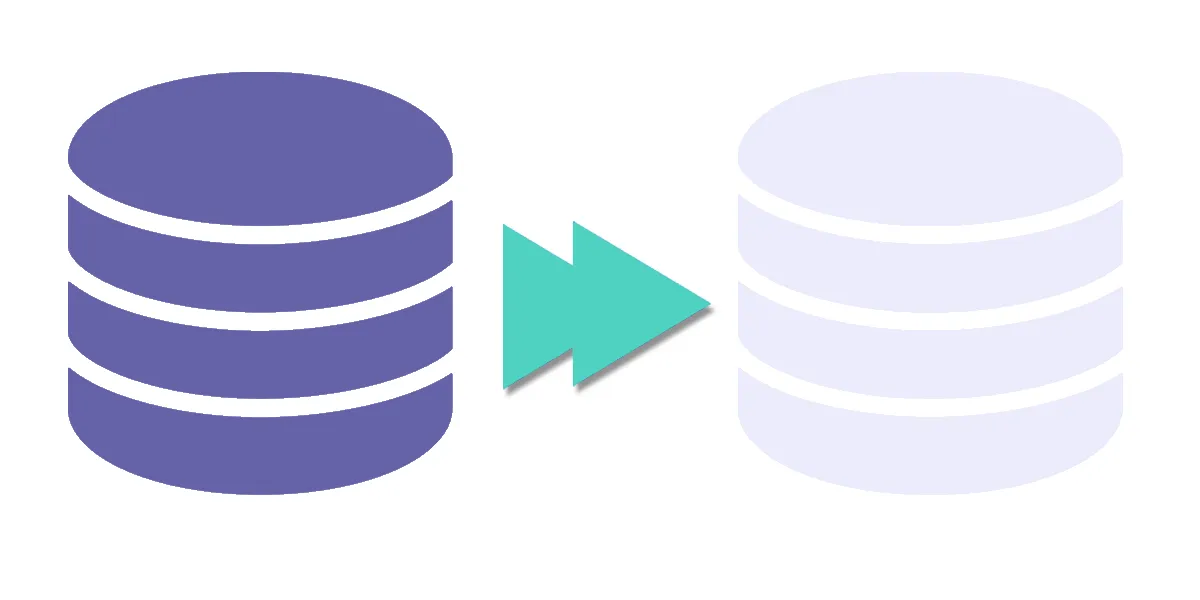Unveiling the Power of Streaming Replication in PostgreSQL

Introduction:
PostgreSQL, renowned for its robustness and reliability, offers a feature that plays a crucial role in ensuring data integrity and high availability: streaming replication. This mechanism allows for the creation of redundant copies of a PostgreSQL database, providing not only fault tolerance but also the ability to distribute the workload efficiently. In this blog post, we'll dive into the concept of streaming replication, exploring its benefits and providing real-world examples.
Understanding Streaming Replication:
Streaming replication in PostgreSQL involves the continuous and real-time replication of changes made to a primary database to one or more standby servers. This replication method is synchronous, ensuring that each transaction is applied to the standby servers as soon as it's committed on the primary server. This not only enhances data integrity but also minimizes the risk of data loss in case of a primary server failure.
Key Components:
Primary Server: The primary server is the main database server where all the write operations occur. This is the server that initiates the replication process.
Standby Servers: Standby servers are replicas of the primary server. They receive and apply the changes made on the primary server, serving as failover options in case the primary server experiences issues.
WAL (Write-Ahead Logging): PostgreSQL uses WAL to record changes made to the database. The primary server sends these changes to standby servers, allowing them to stay up-to-date.
Setting Up Streaming Replication:
Let's walk through a basic example of setting up streaming replication with two PostgreSQL servers: primary and standby.
Step 1: Configure Primary Server:
# postgresql.conf
wal_level = replica
max_wal_senders = 3
wal_keep_segments = 8
# pg_hba.conf
host replication replication_user standby_ip/32 md5
Step 2: Create Replication User on Primary Server:
CREATE USER replication_user REPLICATION LOGIN CONNECTION LIMIT 5 ENCRYPTED PASSWORD 'your_password';
Step 3: Configure Standby Server:
# recovery.conf
standby_mode = on
primary_conninfo = 'host=primary_ip port=5432 user=replication_user password=your_password'
Step 4: Start Standby Server:
pg_ctl -D /path/to/data/directory start
Benefits of Streaming Replication:
High Availability: In the event of a primary server failure, one of the standby servers can seamlessly take over, minimizing downtime.
Load Balancing: Distributing read operations across multiple servers helps balance the workload, ensuring optimal performance.
Data Protection: Synchronous replication guarantees that data changes are replicated immediately, reducing the risk of data loss.
Conclusion:
Streaming replication in PostgreSQL is a powerful tool for maintaining data integrity and achieving high availability. By understanding and implementing this feature, organizations can ensure the reliability and performance of their PostgreSQL databases, even in the face of unexpected challenges.